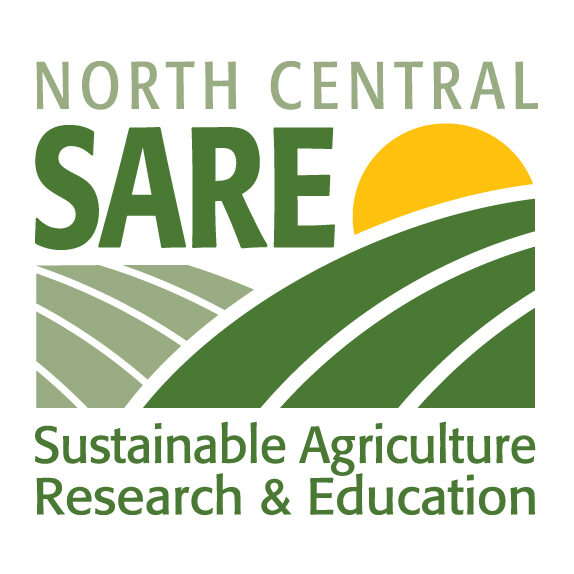Soil Health Basics
Soil Health Basics
Conservation practices and planning are essential to ensure productive fields and a healthy environment.
ActivitiesAttachments |
Improved Water Quality Video |
Healthy soil will last for generations. Shorter term savings includes using no-till planting to reduce farm input costs and improve soil quality.
ActivitiesAttachments |
Reduced Tillage Video |
Learning to identify healthy and unhealthy soils quickly can help farmers and gardeners improve and protect this important resource.
ActivitiesAttachmentsHealthy Soils are Well-Structured |
Look of Healthy Soil VideoSmell of Healthy Soil Video |
Learning to identify healthy and unhealthy soils quickly can help farmers and gardeners improve and protect this important resource.
ActivitiesAttachmentsHealthy Soils: High In Organic Matter Healthy Soils Are: Covered All the Time |
Soil Water and Air VideoBenefits of Cover Crops |
Soil is living, life-giving and necessary for life. Healthy soil is fundamental to a healthy agricultural system. A soil healthy management system makes farms and gardens more profitable, productive, and sustainable. Soil health management requires considering how every farming practice and decision might affect your soil.
ActivitiesAttachmentsHealthy Soils Are Well-Structured Estimating Soil Moisture by Feel and Appearance |
Soil Stability TestSoil Infiltration TestParticle Size Analysis |
Be careful to check for soil contaminants before you start. Urban garden sites may have previously housed industrial or commercial operations and could be contaminated, making any produce grown there dangerous to eat.
ActivitiesAttachmentsEPA Reusing Protentially Contaminated Landscapes: Growing Gardens in Urban Soils |
Quick LinksSoil BasicsADDITIONAL RESOURCESPHOTO & Video Library |
North central Sustainable Agriculture Research And Education
Educator resources were developed with a grant from the National Institute of Food and Agriculture, U.S. Department of Agriculture, under award number 2016-38640-2538 through the North Central Region SARE program under subaward number ENC16-152, PI: Natalie Carroll, Ph.D.. |
 |
 |
||
Dan DeSutter - Attica, IndianaDan DeSutter farms 4,500 acres in west central Indiana, using no-till, cover crops and manure to improve soil quality while maintaining high levels of crop production. |
Jamie Scott - Pierceton, IndianaJamie Scott, of Pierceton, Ind., farms 2,000 acres as part of a family operation. All tillable acres are no-tilled or strip tilled and have had cover crops planted for the past seven years. |
Purdue ExtensionPurdue Extension is a service tailored to meet the needs of Indiana, needs we know firsthand. Our educators, specialists, and volunteers live and work in all 92 Indiana counties. Purdue Extension provides the link between Land Grant research and Indiana citizens. |
North Central SARESome of the images found on this website were supplied from the SARE Photo Library and Educator resources were developed with a grant from the National Institute of Food and Agriculture, U.S. Department of Agriculture, under award number 2016-38640-2538 through the North Central Region SARE program under subaward number ENC16-152, PI: Natalie Carroll, Ph.D.. |

